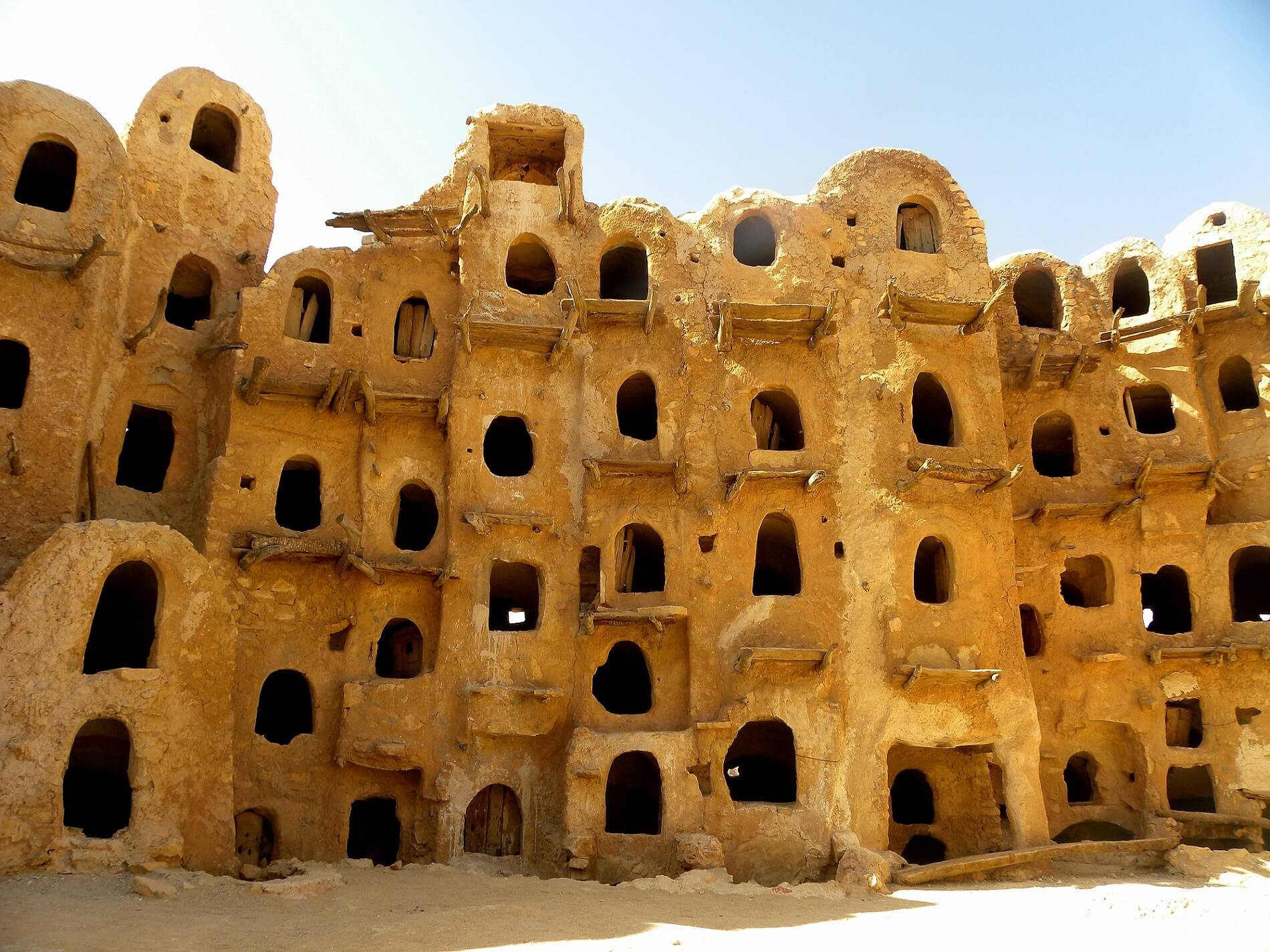Three key political dynamics can be identified last week; the escalating currency crisis, the rapid collapse of public services, and the continuing tug-of war over supreme command of the Libyan National Army (LNA). An HoR session to ratify the GNA is not on the horizon, while the HoR has currently completely fragmented, so this limbo is set to continue into the foreseeable future, with more division likely.The first dynamic was the deepening of political division caused by the currency fiasco last week, which threatened to widen the stand-off between the rival Central Bank institutions. The dispute escalated after the US embassy intervened on the ‘request’ of the PC on 26 May saying that the 4 Billion Libyan Dinar banknotes printed in Russia by the CBL in Eastern Libya were effectively counterfeit. The US interference sparked a public outcry intensifying divisions between Eastern and Western Libya. In the final hours of 26 May, after an intensive war-of-statements between the rival bank administrations, the PC backtracked and published an open letter to the HoR’s financial committee saying that the new bank notes would be ok provided they are distributed fairly throughout Libya. The PC also said that the CBL would be providing a credit line of 7 billion USD for importers rather than the 4 billion USD pledged earlier in May. The PC’s backtracking is awkward for the UK and US, but it defused a crisis that would have likely accelerated economic collapse. The CBL in Tripoli is also preparing for the largest devaluation of the official exchange rate of the Libyan dinar. The measures are likely to impact positively on shipping in the short-medium term, but the longer term consequences look bleaker.The second dynamic is accelerating collapse of public service infrastructure especially electricity, banking, and health services throughout Libya, but especially in Tripoli. The capital has witnessed blackouts of on average of 12 hours throughout last week, leading to a few small riots and blockaded roads in some areas of the city in protest. Electricity sector personnel are threatening to further increase blackouts if their salaries remain unpaid, while some militias in Tripoli pledged to cut off the cellular and internet networks in protest. Extremely large and angry crowds continue to congregate at banks in desperate attempts to gain access to liquidity, with a withdrawal limit of only 250 dinars for those who get lucky. Many families are struggling to make ends meet with increasing soaring price inflation and lack of cash. Hospitals and other public clinics have come to a grinding halt without access to adequate supplies, manpower or electricity. The UN envoy described his ‘shock’ during a visit to Misrata’s medical centre on 29 May, witnessing the severe lack of capacity to provide health services to fighters wounded fighting IS under the GNA’s tutelage. Together, these factors are quickly eroding the public support base for the GNA especially in Tripoli where the unity government is located. If this dynamic continues or escalates, which is likely as the summer heat rises, prospects of continued stability for the GNA currently in the naval base look less likely.The LNA’s slowing momentum may be a political positive in terms of bridging the divide between the GNA and the LNA. However, the negative side is the increasing uncertainty, rifts and fractures within LNA ranks and supporters, especially in East and South Libya. For example, tribal military forces in Southern Libyam led by the Tuareg leader, Ali Kanna who is nominally affiliated to the LNA are reportedly also negotiating with Misratan commanders even without Haftar’s approval of this action. Additionally, the LNA is faced with four key conflict zones hindering its forward momentum to Sirte. These are the ongoing battle in Benghazi, the brewing ground battle with the DMSC forces in Derna, the brewing tensions with PFG forces in the oil crescent, and the conflict with legacy Libya Dawn militias in Jufra. On 29 May, Haftar held a war council with eastern commanders to discuss the advance of army concentrations located south of Ajdabiya towards Sirte, and security in Benghazi once jihadist militants are finally defeated.Now, ISIS seems to be withdrawing from key positions surrounding Sirte on both the East and West. But a counterattack or revenge attack is quite likely. A good overview of these developments is presented by Declan Walsh of the NYT.

